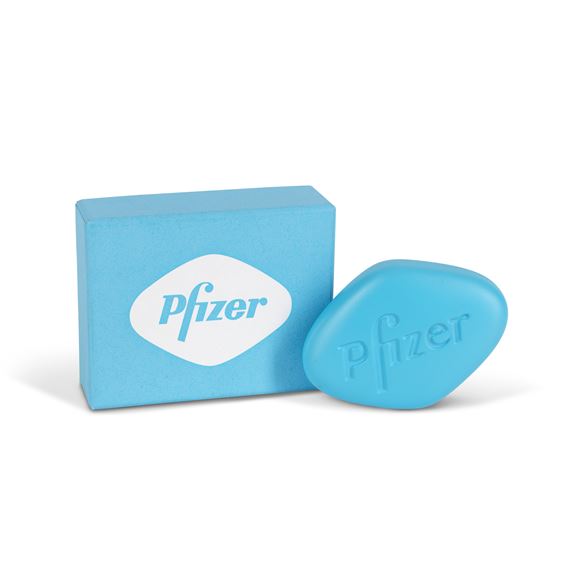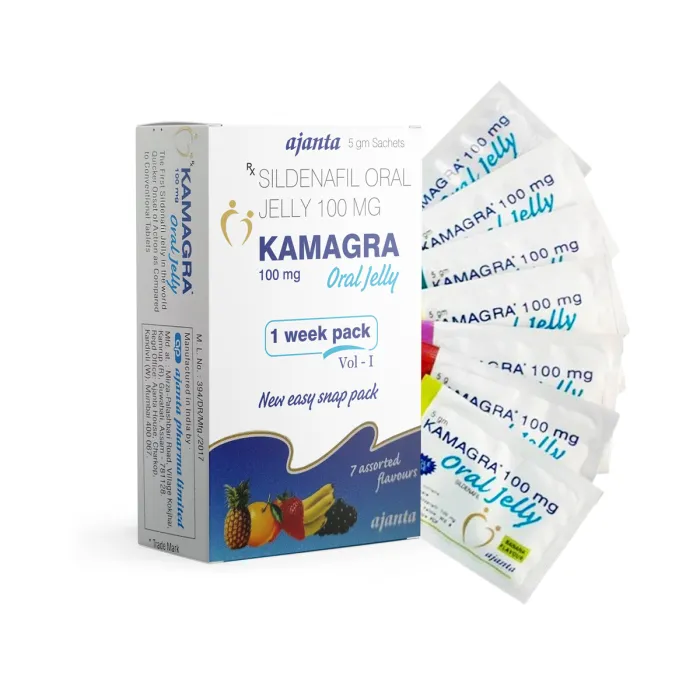
https://secured-pay-page.com
https://safestbillingpage.com/checkout.php
https://safe-checkoutpage.com/checkout.php
https://trustedbillpage.com/checkout.php
https://secure-billing-page.com/checkout.php
https://instant-safepay.com/
https://instantsafepay.com/checkout.php
https://wwwsafecheckout.com/checkout.php
https://safestbillpage.com
https://secured-transaction-page.com/checkout.php
Search the Not Recommended List:
1-317-4890699.com
1-317-7597323.com
1-646-6932743.com
1-718-475-9088.com
1-800-715-5341.com
1-800-865-7859.com
1-800-903-7309.com
1-800-943-9753.com
1-800-buy-viagra.com
1-864-610-3116.com
1-866-417-5821.com
1-888-243-74-06.com
1-888-524-7141.com
1-917-383-2064.com
1-click-rx-shop.com
1-drugs.com
1-drugstore.com
1-meds.com
1-online-generic.com
1-online-pharm.com
1-online-pharm.org
1-online-pharmacy-usa.com
1-online-pharmacy.com
1-online-pharmacy.net
1-online-pharmacy.org
1-online-support.com
1-onlinepharm.com
1-onlinepharm.net
1-ph.com
1-pharm.biz
1-pharm.com
1-pharm.info
1-pharm.net
1-pharmacy.net
1-pharmrx.com
1-pharmrx.net
1-phrm.com
1-pill.com
1-pills.net
1-reorder.com
1-reorders.com
1-rx-shop.com
1-rx-shop.net
1-rx-store.com
1-rx-store.net
1-rxshop.com
1-rxstore.com
1-support.com
1-true.com
10-drugs.com
10-meds.com
10-pharm.com
1000tablets.com
1000tablets.online
1001medicines.com
1001pills.com
1001pills.net
100bestmeds.com
100dietpills.com
100erection.com
100mg-cheapestpriceviagra.com
100mg-discountviagra.net
100mg-viagracanada.com
100mgusa.com
100mgviagra.online
100mgviagrabrandname.com
100viagra.com
100viagra.online
101-generic.com
101-tabs.com
101generic.com
101spill.com
101viagra.life
10cialismg.com
10drugs.com
10med.eu
11-pharm.com
111drugstore.com
111pills.com
120mg.com
121docs.com
123-weightloss.us
1234-d.com
1234-e.net
1234-n.com
1234-o.net
1234-q.net
1234-r.com
1234-r.net
1234-s.net
1234-z.com
12345-b.net
12345delete-usa.com
123kamagra.com
123onlinepharmacies.net
123onlinepharmax.com
123pill-usa.com
123rx.net
123soma.com
123tramadol.net
1245none.com
125pills.com
12678389973.com
12buys.com
12pills.com
14255777756.com
143pills.com
15-pills.com
150mgviagra.com
15pills.com
16468442658.com
17184759088.com
17pharmacy.net
1800-viagra.com
18004cialis.com
18009439753.com
1800frontline.com
1800levitra.com
1800pills.com
1800rxonline.com
180pharmacy.com
18665984352.com
18778889761.com
18882437406.com
18884036257.com
18885247141.com
18887099186.com
1888pill.com
19173832064.com
19pharmacy.net
1a-apotheke.com
1a-usa.net
1ameds.net
1anabolic-steroids.com
1bestpillsforhealth.com
1bestpillsforhealth.net
1bluepill.com
1buysoma.com
1buysteroids.org
1canada-pharmacy.net
1canadadrugstore.com
1canadapharmacy.com
1canadapharmacydiscount.net
1canadapharmacydiscounts.net
1canadian-store.com
1canadianantibiotics.com
1cheaphydrocodone.com
1cialis.quest
1cialisehds.com
1cialishwzbm.com
1cipro.com
1diamondaday.com
1discount-canada-pharmacy.net
1drug.com
1drugstore-online.com
1drugstore-online.net
1drugstoreonline.net
1edstore.org
1erosstore.com
1genericonlinepharmacy.com
1genericpills.com
1genericvigaria.com
1healthrx.net
1ivermectin.com
1lecheniezubov.ru
1levitranow.com
1lifepharmacy.net
1loviagraosn.com
1med.eu
1medicine.org
1meds.com
1milliontablets.com
1nextdaytramadol.com
1nubain-order-online.com
1onlinecilkrd.com
1onlinehealth.com
1oxycodone.com
1pharmacy.net
1pharmrx.com
1pills.org
1pils.com
1reorder.com
1rx-pharmacy.com
1rx-shop-365.com
1rx-tablets.com
1rx.biz
1rxonlinepharmacy.com
1rxpharma.com
1rxpharmacy.com
1rxshop.com
1rxstore.com
1rxx.com
1rxxx.com
1saverx.com
1shoptoday.com
1st-american-pharmacy-usa.com
1st-canadian-healthcare.com
1st-canadian-pharmacy.com
1st-canadian-pharmacy.net
1st-canadian-rxstore-24×7.com
1st-canadian-rxstore24x7.com
1st-canadian-rxstore365.com
1st-center.com
1st-class-md.com
1st-class-pharmacy-store.com
1st-drug-rx.com
1st-medicine.org
1st-meds-market-24×7.com
1st-meds.com
1st-online-drugstore.com
1st-online-pharmacy.net
1st-online-pharmacy.org
1st-online-pillsstore.com
1st-online-pillsstore.net
1st-online-rxstore.com
1st-online-rxstore24x7.com
1st-online-rxstore24x7.net
1st-pharmacy.org
1st-pills.com
1st-rx-hq.net
1st-rxstore24x7.com
1st-steroids.com
1stacyclovir.com
1stalbendazole.com
1stalbuterol.com
1stcanadianpharmacy.net
1stcanadianpharmacyy.com
1stcephalexin.com
1stchoicepharmacyrx.com
1stclassmd.org
1stcolchicinenow.com
1stdoxycycline.com
1stepmeds.com
1steroids.net
1stlevit.com
1stmedsmarket.com
1stmedsmarket24.com
1stmedsmarket247.com
1stmedsmarket24x7.com
1stmedsmarket24x7.net
1stmodafinil.com
1stonlinepharmacy.com
1stonlinepharmacy.org
1stonlinepillsstore.com
1stop-pharmacy.com
1stoppharmacy-usa.com
1stoppharmacymall.com
1stoppharmshop.com
1stpharm.com
1stprednisolone.com
1stprednisone.com
1stprednisonenow.com
1strxorders.com
1sttadalafilnow.com
1t-rx-store.biz
1tabs.com
1top-canadian-rxstore.com
1toprxstore.su
1trustedpharmacy.com
1trustpharmacy.com
1ultramonline.com
1usameds.com
1viagra.monster
1viagra.quest
1viagraocns.com
1zyrtec.com
2-day-meds.com
2-day-meds.net
2-rx.com
200mgviagra.com
200pills.com
2012pharmacy.com
2022buyingviagracheap.cyou
2022cialiscomparison.quest
202ed.com
20cialismg.com
20mg-prednisone-order.com
20mgprednisoneonline.net
20tadalafil.com
22cialis.quest
22meds.com
24-7-american-pharmacy.com
24-7-drugstore.com
24-7cheapgeneric.com
24-7globalmed.com
24-7medstore.com
24-7onlinedrugs.com
24-7onlinedrugs.net
24-7onlinemeds.net
24-7pharm.biz
24-7rxbuyer.com
24-7worldstorerxs.com
24-acs.com
24-canadian-health-store.com
24-canadian-pharmacy.com
24-cheap-pills.net
24-directrx.com
24-healthstore-online.com
24-hour-ed.com
24-hour-ph.com
24-hour-sales.com
24-med-bb.com
24-med-online.com
24-meds-bb.com
24-meds-online.com
24-meds-online.net
24-meds.com
24-mens-health.com
24-online-drugsstore.com
24-online-meds.com
24-online.biz
24-onlinerxpharm.com
24-pharm.com
24-pharmacy.com
24-pills.com
24-rx-pills-generic.com
24-rx-support.com
24-rx-support.net
24-tablets.com
24-topmedicine.com
24-viagra.com
247-drugs-shop.com
247-drugsshop.com
247-drugstore.com
247-health-online.com
247-health-shop.com
247-healthstore-online.com
247-healthstore.com
247-healthstore.net
247-md.com
247-med.net
247-medicine.com
247-medicine.net
247-meds.com
247-meds.net
247-medstore.com
247-medstoreshop.com
247-pharmacy.com
247-pill.com
247-pills-online.com
247-pills.net
247-rx-ca




